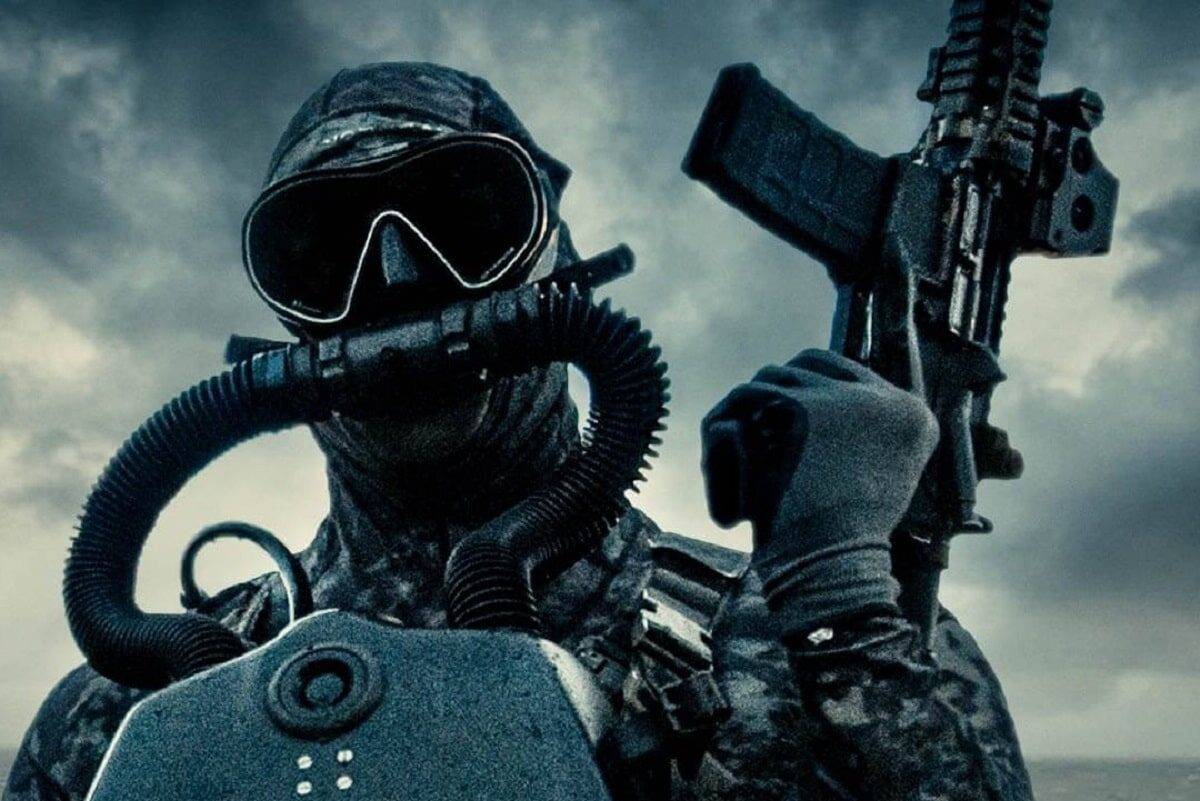In the U.S. special operations community, there are many units with different skill sets. One of the better-known units is the Navy SEALs.
The killing of al Qaeda leader Osama bin Laden in Pakistan in 2011 made the Navy SEALs a household name. But these maritime warriors have a hidden ace up their sleeve.
Navy SEAL Delivery Vehicle Teams
The SEAL Vehicle Delivery Teams, or SVDT, are a small, elite part of the Navy SEAL community. These specially trained Navy SEALs use mini-submarines to clandestinely reach maritime targets and focus on underwater special operations.
Becoming an SDV SEAL is no easy feat. After graduating from Basic Underwater Demolition/SEAL (BUD/S) selection and SEAL Qualification Training program, new frogmen are assigned to SEAL Teams.
There are eight regular teams divided between the West and East Coasts. But there are also two SEAL Vehicle Delivery Teams, one on each coast. SVDT-1 is based in Pearl Harbor, Hawaii, and SVDT-2 is headquartered in Little Creek, Virginia. New SEALs join SDV teams due to choice or luck.
Once there, they undergo additional specialized training on how to use the complex mini-submarines, but also how to survive and operate underwater for extended periods of time.
Although all Navy SEALs are combat divers and spend hours underwater in training, frogmen in the SEAL Delivery Vehicle Teams take underwater operations to a new level, with dives often lasting as long as nine hours. SDV SEALs are one with the water and can operate under all conditions, including at night and under rough seas.
The SDV SEALs’ capability to thrive in the water presents an important option to U.S. Navy leadership in contingency planning against China.
Navy SEALs versus China
The SEAL Delivery Teams are one of the hidden weapons of the U.S. special operations community.
Using an arsenal of specialized mini-subs, these specially trained frogmen can reach clandestinely high-security targets and inflict heavy damage that is disproportionate to their number.
For example, in a potential conflict with Beijing, Chinese ports and naval installations would be a prime target for the U.S. Navy. SDV SEALS offers Navy leadership a relatively low-cost and effective option to deny key waterways and prevent enemy warships from sailing or to attack these warships in port with limpet mines.
A potential hit against one of the capital ships, such as one of three aircraft carriers, could prove disastrous for the ambitious but inexperienced Chinese Navy. However, the number of Chinese warships—more than 700—means that mining, and thus denying waterways, might be a more effective option to contain the Chinese Navy and counter its vast numbers.
The U.S. Special Operations Command is in the process of modernizing the mini-submarine arsenal used by the SDV SEALs and recently achieved initial operating capability in the Dry Combat Submersible mini-sub. Meanwhile, the Mark 11 Shallow Water Combat Submersible is expected to be fully operational in a few years.
A 19FortyFive Defense and National Security Columnist, Stavros Atlamazoglou is a seasoned defense journalist specializing in special operations, a Hellenic Army veteran (national service with the 575th Marine Battalion and Army HQ), and a Johns Hopkins University graduate. His work has been featured in Business Insider, Sandboxx, and SOFREP.
From the Vault
‘You Really Oughta Go Home’: F-22 Raptor Stealth Fighter Flew Under F-4 From Iran

